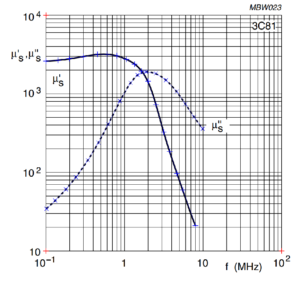A question that arises from time to time is what is the minimum receiver noise figure for a given application.
This discussion considers the question applied to linear receivers, ie receivers with zero intermodulation distortion (IMD) and other non ideal characteristics, other than their internal noise which can be described by their Noise Figure (NF).
By definition, NF is the amount by which the component or system degrades the SNR, so in dB it is the difference in the S/N in to S/N out. Implicit in that definition is that it is based on source internal noise of 290K equivalent.
HF example
So for example lets say a receiver with equivalent noise bandwidth 2000Hz measures sensitivity of -125dBm for 10dB S/N out. We can calculate the noise in 2000Hz bandwidth from a 290K source to be -141dBm, and therefore the input S/N is -125 – -141 = 16dB. The ratio of the input S/N to output S/N is the difference in those in dB, 16-10=6dB. The NF is 6dB. We can also calculate an equivalent internal noise temperature of (10^(6/10)-1)*290=865K.
By convention, ambient noise (or external noise) is expressed in Kelvins, or dB wrt 290K. That does not imply that an antenna contributes exactly 290K. Continue reading S/N degradation is related to external noise level and receive system internal noise
Last update: 1st December, 2023, 5:04 PM




